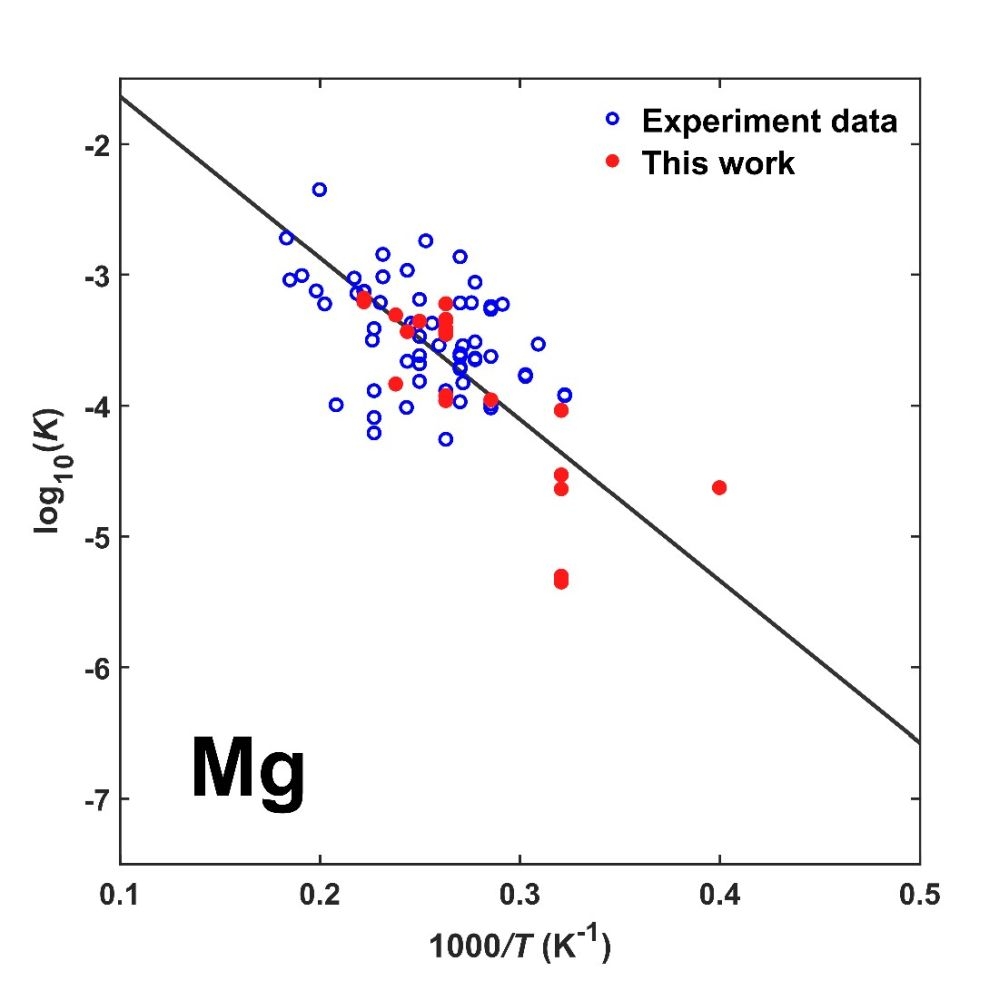[ Instrument R & D of Instrumentation Network ] Ancient geomagnetic research shows that the geomagnetic field has been in continuous operation for at least 3.5 billion years, and its earliest origin can be traced back to 4.2 billion years ago (Tarduno et al., 2015). The geomagnetic field is generated by the "generator" of the earth's core, driven by the convection of liquid iron in the outer core of the earth. The standard model believes that the geomagnetic generator energy source is composed of four parts: (1) cooling of the core; (2) the release of light elements at the inner and outer nuclear boundaries; (3) the decay of radioactive elements; (4) the precession of the earth. However, first-principles calculations and subsequent high-temperature and high-pressure experiments show that the thermal conductivity of the core is much higher than originally estimated (Pozzo et al., 2012; Ohta et al., 2016). The consequence of the high thermal conductivity of the core is that the energy in the standard model will be dissipated in the form of heat conduction, so there is not enough energy to drive the convection, resulting in a serious lack of energy in the geomagnetic field. This problem is called the “new core paradox†(New Core Paradox; Olson, 2013).

O'Rourke and Stevenson (2016) proposed that magnesium precipitated from the earth's core can be used as an energy source for the earth's nuclear generators beyond the standard model. Magnesium has been considered as a pro-stone element in the past, and will not enter the core of the earth, but they proposed that a large impact can squeeze a large amount of magnesium into the core of the earth in the early history of the earth. They believe that the solubility of magnesium in the earth's core strongly depends on temperature. The higher the temperature, the greater the solubility. In this case, magnesium can enter the initial core in large amounts with the high temperature provided by the large impact. Later, with the gradual cooling of the earth's core, magnesium gradually precipitated to provide energy for the geomagnetic field. This hypothesis cleverly combines major early Earth events such as large impacts, core-mantle differentiation, magmatic ocean evolution, and geomagnetic origin. The core of this hypothesis is whether the solubility of magnesium has a strong temperature dependence, and whether the precipitation of magnesium can provide enough energy for the geomagnetic field 3.5 billion years ago. In response to these key issues, there are still major controversies (such as Badro et al., 2016; Du et al., 2017).
Liu Weiyi, a master student of the Key Laboratory of Earth and Planetary Physics, Institute of Geology and Geophysics, Chinese Academy of Sciences, and his supervisor, Professor Zhang Yigang, etc., obtained a large amount of magnesium partition coefficient data through the calculation of first-principles molecular dynamics, and based on this On the study of the formation and evolution of the earth's early history. The results show that the partition coefficient of magnesium strongly depends on the temperature. According to the relationship between the obtained equilibrium constant of magnesium and temperature, combined with the geothermal thermal evolution model established based on paleomagnetic intensity data, they found that magnesium could start to precipitate 3.5 billion years ago and provide enough energy for the geomagnetic field. They further simulated the evolution of the magnetic field generated by magnesium precipitation over time, and found that it fits well with the long-term trend of paleomagnetic strength. This study provides a new explanation mechanism for the change of the Earth ’s early geomagnetic field strength, that is, a sudden increase in the magnetic field strength and then a gradual decrease may represent the typical characteristics of the magnetic field generated by magnesium precipitation, and then the sudden increase of the magnetic field may represent the formation of the inner core. , The geomagnetic field has obtained a new energy source. Accordingly, they established an early picture of nuclear evolution.
The research results were published in the international academic journal Earth and Planetary Science Letters. The research was supported by the pilot special project B of the Chinese Academy of Sciences and the National Natural Science Foundation of China.
Wood Drilling Machines,Keyhole Hinge Machining Center,Through Keyhole Hinge Machining,Cnc Keyhole Hinge Machining Center
Jinan Jing Xun Cnc Equipment Co., Ltd , https://www.jxcnctech.com